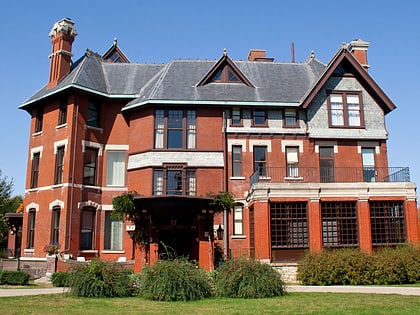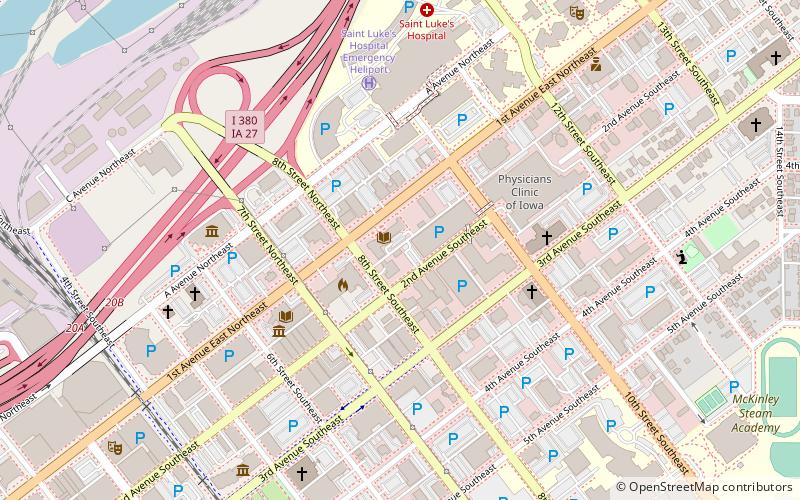Second and Third Avenue Historic District, Cedar Rapids

Facts and practical information
The Second and Third Avenue Historic District is located in Cedar Rapids, Iowa, United States. It was listed on the National Register of Historic Places in 2000. At the time of its nomination it consisted of 186 resources, which included 176 contributing buildings, and 10 non-contributing buildings. This area was developed as a streetcar suburb at the turn of the 20th century. It includes single-family dwellings, apartment buildings, and two churches. The upper part of the district is called the Sampson Heights Addition. It was developed by Ellen Bever Blake and realtor/developer Malcolm Bolton. Blake's brothers James and George Bever developed the lower part of the district that they called the Bever Park Addition. The family members were in litigation for four years over the development as the two Bever sisters maintained that the three brothers received a disproportionate share of the property in their father's estate, and that they never paid for their stock in the Bever Land Company. In the end, their father's will was set aside and the five children agreed to divide the estate equally. ()
Wellington HeightsCedar Rapids
Second and Third Avenue Historic District – popular in the area (distance from the attraction)
Nearby attractions include: Cedar Rapids Museum of Art, Paramount Theatre, Brucemore, Iowa Masonic Library and Museum.
Frequently Asked Questions (FAQ)
Which popular attractions are close to Second and Third Avenue Historic District?
How to get to Second and Third Avenue Historic District by public transport?
Bus
- Ground Transporation Center (26 min walk)










